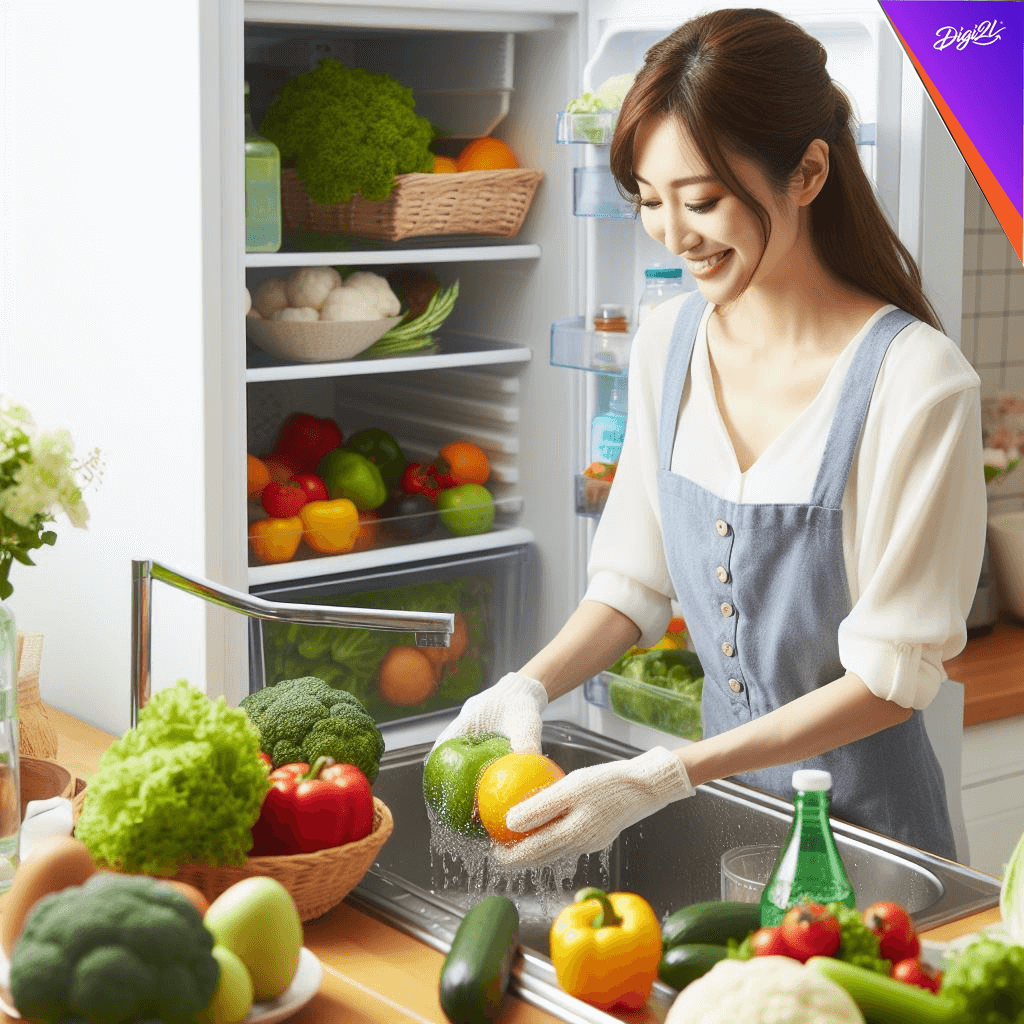
Please Wait ...


Blogs> Now know the ways to savour your fridge exotics for longer periods!!

We now educate our audience about the right ways to wash and disinfect their fruits and veggies and keep them in refrigeration for prolonged periods fresh! Washing and disinfecting fruits and vegetables is important for removing dirt, bacteria, and pesticide residues, while also helping to prolong their freshness. Here’s a step-by-step guide:
By following these steps to wash, disinfect, and store your fruits and vegetables properly, you can help ensure they stay fresh and safe to eat for longer periods. To prolong the life of cut fruits and vegetables in the refrigerator, it’s essential to take steps to minimize moisture loss, prevent microbial growth, and slow down the natural ripening process. Here are some tips:
By following these tips, you can help extend the shelf life of cut fruits and vegetables in the refrigerator and minimize food waste.

By Digi2L - June 8, 2024

By Digi2L - June 7, 2024

By Digi2L - June 6, 2024